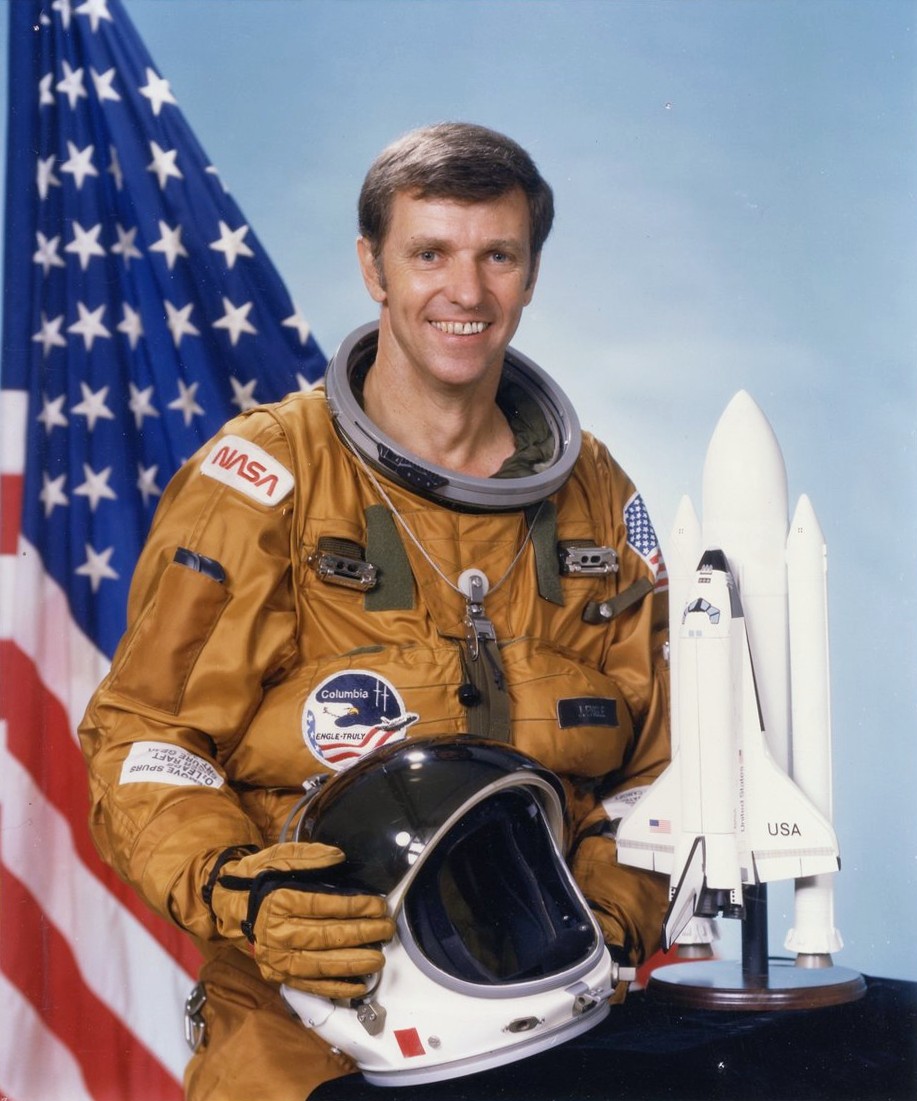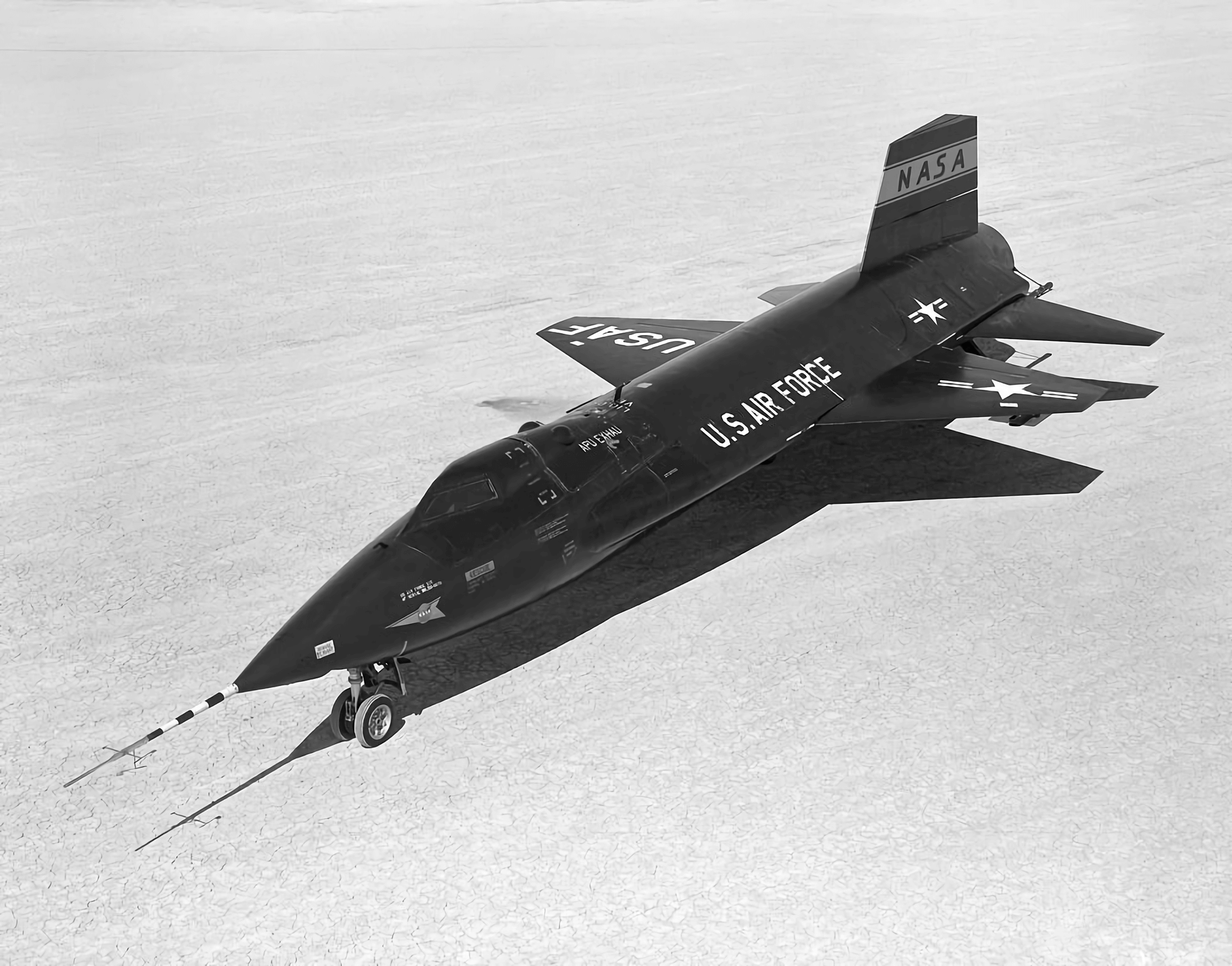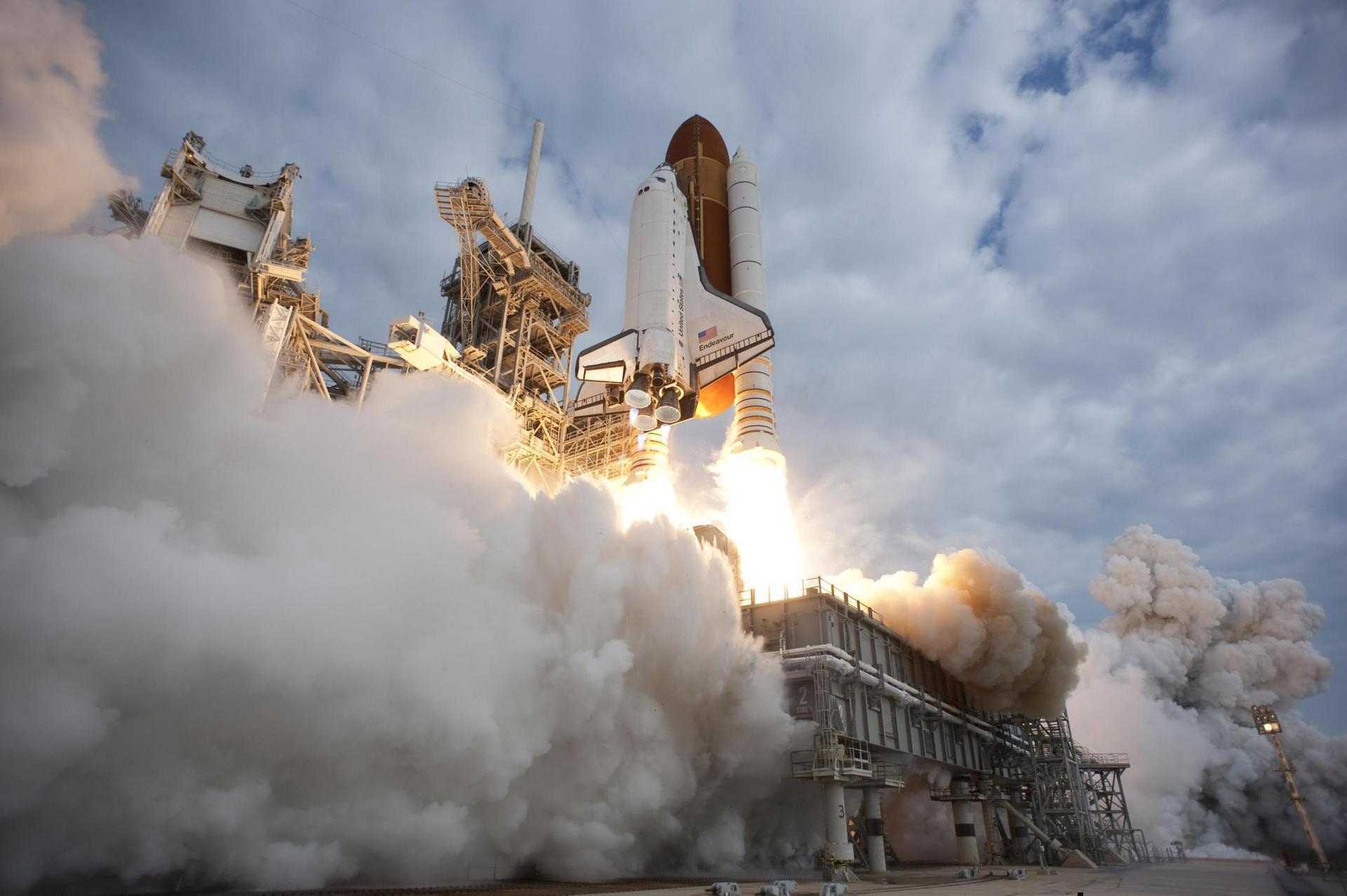Joe Engle
American - (NASA)
Deceased
Date of Birth: Aug. 26, 1932
Date of Death: July 10, 2024
Joe Henry Engle was an American pilot who served in the United States Air Force, test pilot for the North American X-15 program, aeronautical engineer, and a NASA astronaut. Engle test-flew the joint NASA-Air Force X-15 rocket airplane. During the course of testing, Engle earned his USAF Astronaut Wings, a Distinguished Flying Cross and other awards. Engle was selected by NASA in 1966 for the Apollo program, and was originally scheduled to land on the Moon as Lunar Module Pilot on Apollo 17, but was bumped when later flights were cancelled, so that geologist-astronaut Harrison H. Schmitt could fly. He subsequently became one of the first astronauts in the Space Shuttle program, having flight tested the Space Shuttle Enterprise in 1977. He was Commander of the second orbital test flight of the Space Shuttle Columbia in 1981.
X-15 | Flight 138
North American Aviation | United States of AmericaAir launch to Suborbital flight
June 29, 1965, 6:21 p.m.
X-15 | Flight 143
North American Aviation | United States of AmericaAir launch to Suborbital flight
Aug. 10, 1965, 7:24 p.m.
X-15 | Flight 153
North American Aviation | United States of AmericaAir launch to Suborbital flight
Oct. 14, 1965, 8:47 p.m.
Space Shuttle Columbia / OV-102 | STS-2
National Aeronautics and Space Administration | United States of AmericaKennedy Space Center, FL, USA
Nov. 12, 1981, 3:10 p.m.
Space Shuttle Discovery / OV-103 | STS-51-I
National Aeronautics and Space Administration | United States of AmericaKennedy Space Center, FL, USA
Aug. 27, 1985, 10:58 a.m.
The National Aeronautics and Space Administration is an independent agency of the executive branch of the United States federal government responsible for the civilian space program, as well as aeronautics and aerospace research. NASA have many launch facilities but most are inactive. The most commonly used pad will be LC-39B at Kennedy Space Center in Florida.
Falcon 9
CSG-3
Space Launch Complex 4E - Vandenberg SFB, CA, USACSG-3 is an Earth observation satellite for the Italian Space Agency, part of a reconnaissance constellation using synthetic aperture radars operatin…
Long March 7A
Shijian 29 A-B
201 - Wenchang Space Launch Site, People's Republic of China2 satellites officially described as for "demonstration of new technologies for spatial targets detection" purposes.
Long March 4B
Tianhui 7
Launch Area 94 (SLS-2 / 603) - Jiuquan Satellite Launch Center, People's Republic of ChinaA satellite officially described as for cartography purposes, details TBD.
Soyuz 2.1b/Fregat-M
AIST-2T 01 & 02
Cosmodrome Site 1S - Vostochny Cosmodrome, Siberia, Russian FederationA pair of Russian optical Earth observation satellites built by the Progress Rocket Space Centre for obtaining stereo images of the Earth's surface, …
Long March 3B/E
Fengyun-4C
Launch Complex 2 (LC-2) - Xichang Satellite Launch Center, People's Republic of ChinaChina's geostationary meteorological satellite program FY-4 (Feng Yun 4) is the second generation of chinese geostationary meteorological satellites.




